How Will The Transition To PoS Affect Ethereum?
There are only a few days left before the Ethereum merger. According to the latest data, the event will take place on September 14 at 02:08 Moscow time. In the cryptocurrency space, this is considered one of the most significant transformations in history.
But it is worth noting that in two weeks the merger (The Merge) will take place – only the first stage of the transition of Ethereum to PoS.
Table of Contents
In simple words
Now Ethereum works on a proof-of-work consensus algorithm or proof-of-work. Each new block in the blockchain chain is mined by miners who must prove that they have worked on the problem. The fact is that many miners around the world are engaged in the production of cryptocurrency, but only one person manages to get each new block. As a result, it turns out that a huge amount of energy has been spent for the sake of one new block. In theory, if it were known in advance which participant would be able to solve the problem the fastest, everyone else could just relax and not waste energy.

It is because of this that it became necessary to switch to the proof-of-stake algorithm or proof of ownership. This algorithm does not involve mining, here new blocks in the chain are formed by validators. To form a new block, he must prove his ownership of the asset and block this asset on the network for a certain period. The minimum amount is 32 ETH.
PoS saves the planet
The PoW algorithm requires a huge amount of electricity to cover all the necessary computing power of the miners. Ethereum used over 112 TWh of electricity last year. And when such figures mean nothing, comparison comes to the rescue. This volume is comparable to the annual energy consumption of the whole country of the Netherlands or 1/5 of Germany. Impressive?

In today’s world, there is an acute issue of lack of electricity. Such spending calls into question the long-term operation of the PoW blockchain. The PoS algorithm solves this issue by a completely different way of forming a blockchain.
Decentralization under threat
It would seem, how can there be a risk of centralization if the transition of Ethereum to PoS is carried out in part to increase decentralization? The fact is that the amount of 32 ETH (about $50 thousand) is quite impressive. And most likely, large companies and funds will act as validators, which are much easier to regulate than miners.
There are even rumors that all power will pass to the custodians of stablecoins – custodians. And Vitalik Buterin, together with the Ethereum Foundation, will simply lose control of the ether. If the rumors are true, the threat of decentralization will be even higher, because the influence of state bodies on custodians is not excluded.
What about NFTs?
As you know, today the overwhelming volume of sales of NFT collections is formed on the air. Solana is trying its best to create competition, but so far it has not even come close to Ethereum. For example, according to data from DappRadar, over the past month, sales on Solana’s largest marketplace were nearly $63 million, while those on OpenSea were $490 million, a nearly eightfold difference. So what can happen after the merger?

The Ethereum Foundation has stated that the merger will have the most direct impact on the throughput and performance of the Ethereum network. It will become easier and more accessible to create and release projects on the blockchain. This means that it will become much more difficult for Solana to step on the heels of the ether, as it will lose its main advantage in the form of much higher bandwidth.
Prospects for the transition to PoS
As we said at the beginning of the article, merging is the first step. Ethereum developers plan to switch to PoS in several stages. What are the next steps for the ether development team after the merger?

- The Surge – During this phase, a series of processes will be implemented that will increase the scalability of the network and simplify the user experience. The most important process will be sharding. Ether network will be divided into smaller fragments (shards). The huge database of the Ethereum network will consist of 64 shards, each of which potentially holds more data, which will allow transactions. Sharding is scheduled to launch in 2023.
- The Verge (limit) – at this stage, the introduction of Merkle trees is planned. This technology will optimize storage, create stronger encryption, and better track changes and data corruption.
- The Purge (cleaning) – the stage should help clean up the network backup data. This will make it easier for validators to validate the blockchain and increase the efficiency of generating new blocks. Moreover, network congestion should be minimized, and the number of transactions processed per second should increase. According to Buterin, by the end of this phase, using the algorithm, Ethereum will be able to process up to 100,000 transactions per second.
- The Splurge (relaxation) – the stage will come only after the qualitative passage of all previous stages. At this stage, all previous innovations should ensure the smooth and hassle-free operation of the blockchain.
Summarize
So, Ethereum developers have big plans for the future. And it’s important to understand that even the Merge phase, which is about to happen, should have started much earlier. But in fact, the process of preparing for the merger took much longer than expected. Therefore, The Splurge stage should not be expected in the near future. But if The Merge is successful and effective for Ethereum, it will be a huge success not only for the project team but for the entire crypto community. Some experts even suggest that Ethereum will be able to beat Bitcoin in the long run.


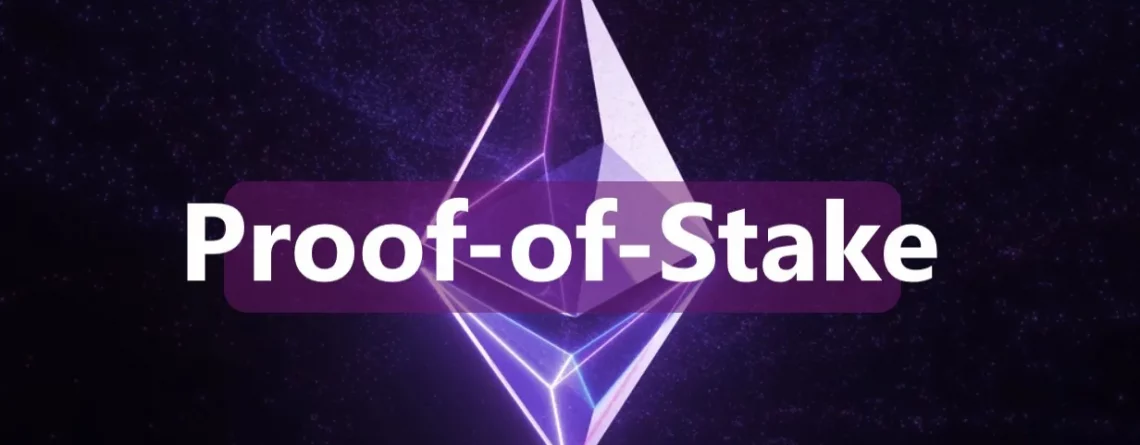



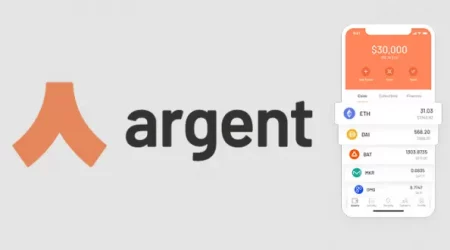

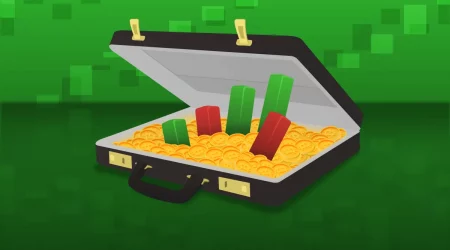
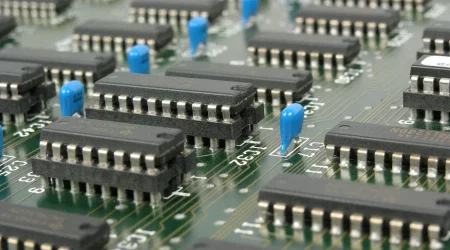
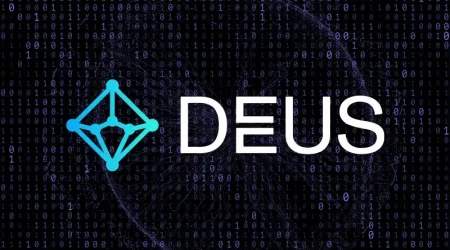


Leave a Reply